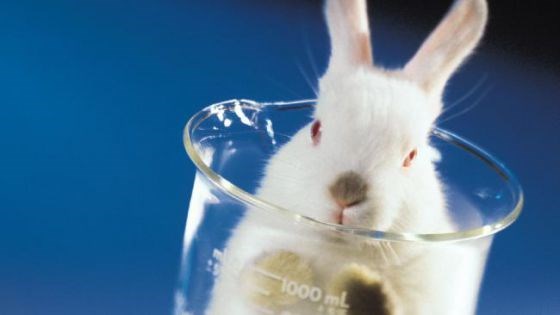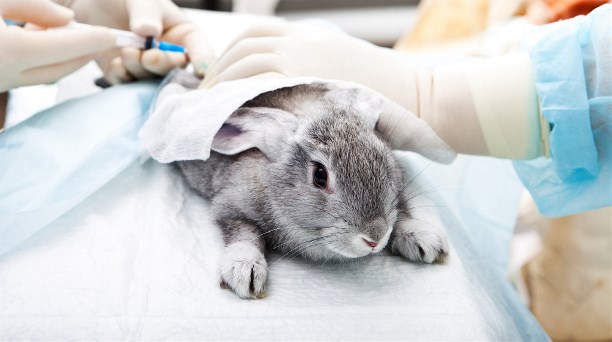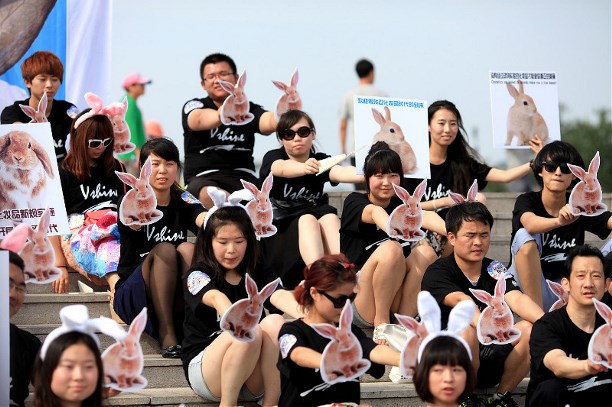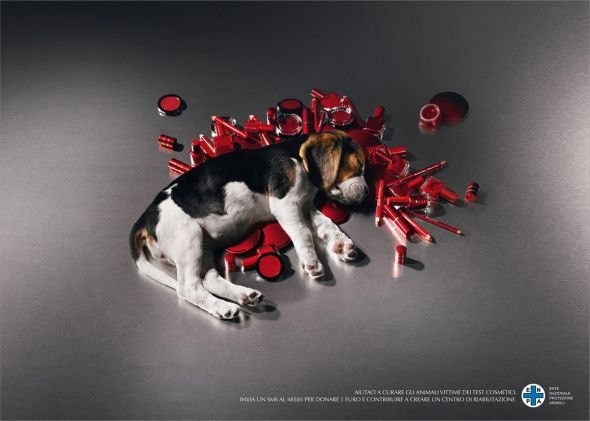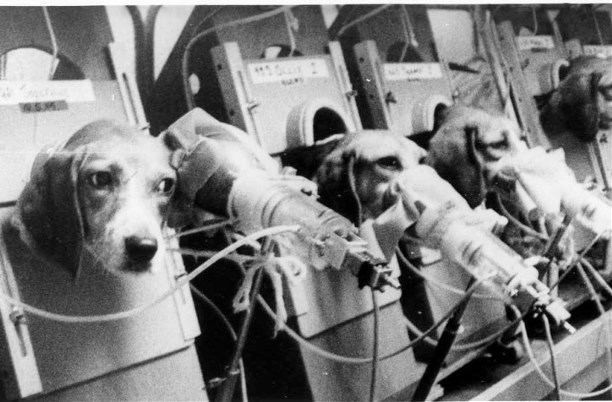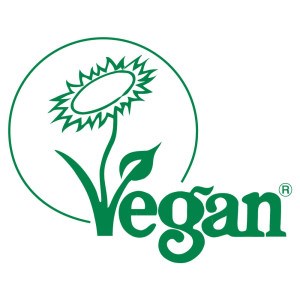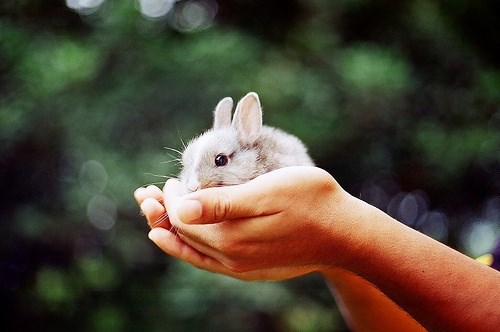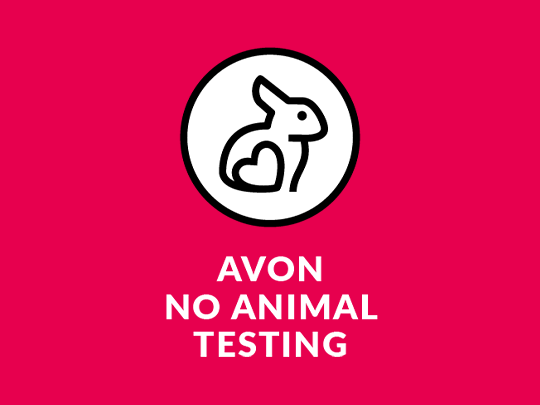Frame supporting alternatives to animal testing что значит
Fund for the Replacement of Animals in Medical Experiments
Help us Fund the Future of research to replace animals
Every gift no matter how big or small makes a difference.
Legacy donations help to support our work for generations to come.
Get involved through fundraising activities or encouraging your company to support us.
As a small charity, we welcome support in different areas of the organisation.
Our vision is a world where non-animal methods are accepted as scientific best practice.
FRAME believes in the development of better scientific methods for the benefit of humans and animals.
Our aim is the elimination of the need to use laboratory animals in any kind of medical or scientific procedures, but FRAME accepts that a total end to their use cannot be achieved immediately. However, the current scale of animal experimentation is unacceptable.
Through the use of ethically donated human tissues, computer modelling and other new and innovative techniques, research can provide data that is more directly relevant to human conditions and disease. FRAME uses laboratory and desk based research to investigate such potential new, valid scientific methods and promotes them through various campaigns.
In the UK 2.88 million scientific procedures were carried out on animals in 2020. Our ultimate aim is to remove the need for laboratory animal use in any scientific procedures for the benefit of human health. Animals are still heavily used to investigate human disease and predict human responses to chemicals and drugs. Whilst a total end to animal use is not immediately possible, we believe the current scale of animal experimentation is unacceptable and unnecessary.
Modern scientific methods that use human tissue, computer modelling and other new and innovative techniques, can provide data that are more directly relevant to human conditions and disease. Despite a legal requirement to use methods that don’t involve animals where they are available, their development and uptake remains slow. We want to change this.
The Issue
Animals have been used for centuries for the purpose of science. Even though technology has moved on significantly, laboratory animals are still relied upon in many areas of scientific research.
How We Make a Difference
FRAME works to improve scientific outcomes by replacing the use of animals in research and testing in medical and bioscience research, and drug discovery and testing for human health.
FRAME Alternatives Laboratory
The FRAME-funded FRAME Alternatives Laboratory (FAL) focuses on researching human-based systems that are better and more relevant to humans than current animal models.
How You Can Help
Your support funds vital research into non-animal methods, educates students, trains scientists, develops and promotes non-animal methods, and campaigns for legislation change in line with scientific progress.
Тестирование на животных: а вы знаете, что скрывается за вашими духами или кремом?
Тестирование на животных проводится многократно.
Прежде чем шампуни, краски, лекарства попадут на полки магазинов, они проходят несколько стадий проверок, чтобы соответствовать стандарту страны, в которой они продаются:
— тестируются все входящие в состав компоненты;
— тестирование происходит в процессе производства;
— тестируется готовый продукт;
— товар тестируется отдельно при въезде в страну, в которой тестирование на животных является обязательным.
И также нельзя забывать про содержание в составе продуктов животного происхождения (ПЖП).
В результате данных экспериментов, по официальным данным, гибнет порядка 150 миллионов животных в год.
Чаще всего это мыши, крысы, морские свинки, кролики, кошки, собаки, обезьяны.
Вся бытовая химия, которая производится в России или ввозится на территорию РФ, неэтична.
У нас существует закон об обязательном тестировании на животных. Таким образом, знак зайки на упаковке стирального порошка не показатель! Единственное, он дает надежду, что данная продукция тестировалась всего один раз (при ввозе в страну).
Еще хуже дела обстоят с Китаем: вся бытовая химия и многие косметические средства тестируются на животных, исключение составляют Гонконг и Тайвань, где разрешены альтернативные методы исследования косметических средств (не бытовой химии!). Именно поэтому, когда проверяют компанию на этичность, смотрят и на то, представлена ли их продукция в Китае. Если да, то они не могут себя считать полностью этичными.
Тесты на животных — это не о том, «чтобы покрасить шерстку кролику или намазать кремом хвостик мышке».
Это реальные испытания, в которых животные в любом случае погибают. Ведь если животное остается в живых после одного исследования, его используют для другого. Важно, что все животные обездвижены и испытания проходят без анестезии. Тестов огромное множество: на токсикологию, на мутацию, на канцерогенность и т. д.
Хочу привести несколько примеров.
— тест Драйза. Цель — понять, будет ли вещество воздействовать на слизистую человека при попадании в глаза. В данном эксперименте используют кроликов-альбиносов, так как физиология их глаз такова, что они не выделяют слез, и поэтому вещество еще долго не будет вымываться. Голова кролика фиксируется, после чего токсическое вещество распыляют или закапывают в глаз животного. Данное исследование начинается с малых доз и постепенно их увеличивают, если повреждения не столь ощутимы и нужно подтвердить результат. Чтобы вы понимали, как себя чувствуют кролики-альбиносы, достаточно вспомнить личные ощущения, когда в глаза по неосторожности попадает шампунь.
— тест на вдыхание паров. В основном, он используется для проверки парфюмерной или аэрозольной продукции. Собак, кошек или кроликов помещают в закрытую камеру, которую наполняют парами токсичного вещества.
— тест на раздражение кожных покровов. Животному сбривают шерсть, делают надрез кожи и втирают в рану испытуемое средство.
5. Этичность не означает натуральность. Косметика, которая не тестировалась на животных, может содержать в своем составе критичные ингредиенты, вредные для здоровья человека и окружающей среды. Или наоборот: веганская или вегетарианская косметика, в которой нет ПЖП, может содержать ненатуральные компоненты.
6. Если у одного товара есть экосертификат, показывающий, что тестирование проходило альтернативными методами, это не означает, что вся продукция данной компании этична. Подтверждать необходимо каждый товар в отдельности, именно поэтому часто бывает, что у большой компании есть отдельная линейка этичных товаров.
7. Не все компании следят за дистрибьютерами. Например, фирма полностью этична, но ее продукция была ввезена дистрибьютерами на территорию Китая или РФ (если мы говорим о бытовой химии), соответственно она тестируется на животных.
Многие источники утверждают, что тестирование на животных малоэффективно
Кожа человека отличается от кожи животного, у людей есть ряд заболеваний, которых нет у животных, реакция на аллергены бывает различной и т. д. Мировая практика показала, что есть ряд препаратов, доказавших свою эффективность на животных, становились причиной множественных болезней и даже летального исхода. Самый яркий пример — «талидомидная катастрофа», когда после применения препарата беременными за семь лет родилось 12000 детей с недоразвитыми руками, ногами, глазами или полным их отсутствием. Помимо этого проводимые исследования в in vitro (в пробирках) сильно разнятся с результатами исследований на животных, средний показатель — 3. Много, не правда ли?
Об альтернативе, сертификатах, о том, где смотреть этичность продукта, мы поговорим с вами в следующей статье.
Alternatives to Animal Testing
During a government meeting about funding for research, former U.S. National Institutes of Health director Dr. Elias Zerhouni admitted to his colleagues that experimenting on animals to help humans has been a major failure:
“We have moved away from studying human disease in humans. … We all drank the Kool-Aid on that one, me included. … The problem is that [animal testing] hasn’t worked, and it’s time we stopped dancing around the problem. … We need to refocus and adapt new methodologies for use in humans to understand disease biology in humans.” —Dr. Elias Zerhouni
Today—because experiments on animals are cruel, time-consuming, and generally inapplicable to humans—the world’s most forward-thinking scientists are developing and using animal-free methods that are actually relevant to human health for studying diseases and testing products. These alternatives to animal testing include sophisticated tests using human cells and tissues (also known as in vitro methods), advanced computer-modeling techniques (often referred to as in silico models), and studies with human volunteers. These and other non-animal methods are not hindered by species differences that make applying animal test results to humans difficult or impossible, and they usually take less time to complete.
PETA and our affiliates fund the development of many of these alternatives to animal testing, vigorously promote their use to governments and companies around the world, and publish research on their superiority to traditional animal tests.
Here are just a few examples of the numerous state-of-the-art, non-animal methods available and their demonstrated benefits:
In Vitro Testing
Computer (in Silico) Modeling
Research With Human Volunteers
Human-Patient Simulators
This advanced TraumaMan simulator was donated by PETA to replace the use of animals for Advanced Trauma Life Support training.
Although scientists have state-of-the-art, effective, non-animal methods available, experimenters continue to torture countless animals anyway. “Without Consent,” PETA’s interactive timeline, features almost 200 stories of twisted experiments from the past century, including ones in which dogs were forced to inhale cigarette smoke for months, mice were cut up while still conscious, and cats were deafened, paralyzed, and drowned. Visit “Without Consent” to learn about more harrowing animal experiments throughout history and how you can help create a better future for living, feeling beings.
Avon for animals
We do not test products or ingredients on animals anywhere in the world and we’ve been working for acceptance on non-animal methods for three decades.
A global stand against animal testing
Our goal is to deliver products to meet our customers’ needs without compromising our commitment to animal welfare, our high product safety standards or our adherence to regulatory requirements. Globally, none of our products will be tested on animals.
“PETA celebrates Avon’s long-term commitment to ending all cosmetic testing on animals everywhere in the world, and we know millions of consumers will too. Avon’s support for non-animal testing methods has made a meaningful difference to the development, utilisation and acceptance of alternatives to animal testing.”
Kathy Guillermo, Senior Vice President, PETA
Humane Society International (HSI)
We support HSI’s #BeCrueltyFree campaign calling to outlaw cosmetic animal testing in key global beauty markets.
“We are delighted to count Avon among our #BeCrueltyFree campaign supporters as we work with lawmakers across the globe toward meaningful policy change that reflects our shared vision of cruelty-free beauty.”
Troy Seidle, HSI Vice President for Research & Toxicology
Fund for the Replacement of Animals in Medical Experiments (FRAME)
In Europe, we have partnered with FRAME for 30 years.
“FRAME is dedicated to the development of new, valid and ethical scientific methods that will replace the need for laboratory animals in medical and scientific research, education and testing. Avon’s decision to stop testing in China sends an important message to the global cosmetics industry that animal testing for cosmetics is unnecessary and unacceptable, and that we must push for global acceptance of alternative techniques that are scientifically valid and have human relevance.”
Amy Beale, Scientific Liaison Officer at FRAME
Institute for In Vitro Sciences (IIVS)
We are a founding member of IIVS’s Industry Council for the Advancement of Regulatory Acceptance of Alternatives (ICARAA), a working group that promotes specific activities designed to accelerate the adoption of non-animal methods by government agencies such as the Chinese Food & Drug Administration.
“Avon has partnered with IIVS for over twenty years to develop and utilise novel in vitro testing platforms to ensure the safety of their products. These successful approaches have been adopted by other companies in the industry. Additionally, Avon has supported the IIVS Education and Outreach programmes to promote the use and acceptance of these methods worldwide”
Erin Hill, President, IIVS
Does Avon test on animals?
Avon never tests products on animals. Under no circumstances does Avon conduct animal testing on any of its ingredients and products and Avon does not require that suppliers of ingredients and products produced for Avon conduct animal testing on our behalf.
How does Avon ensure the safety of its products without animal testing?
The safety of our customers is of paramount importance and we substantiate the safety of our products using well established non-animal testing methods such as applying existing data, computer modelling, and in vitro testing to ensure the safety of Avon-branded cosmetics products.
What else is Avon doing?
Alongside ending animal testing across all our brands, we’re working hard to incorporate more plant, natural and synthetic based ingredients into our products without having a negative impact on our precious planet and its resources. Our Distillery range comprises vegan-friendly products composed of concentrates crafted through a rich distillery process, housed in environmentally conscious packaging.
Doesn’t Avon sell in China where some animal testing is required?
In 2019 we became the first global beauty company* selling in China to stop all animal testing of ingredients and across all its brands**.
How did Avon stop testing on animals in China when it is required by law?
We reformulated some of our products and changed other ranges, which means they don’t need to undergo animal testing in China.
Why don’t Avon’s products carry a “cruelty-free” logo?
What’s next?
We’re committed to helping end animal testing on beauty products for good and for the last 30 years have been working with scientific organisations on new approaches to product safety evaluation. We’ll keep up this work and continue to work with partners towards meaningful positive change.
Alternatives to Animal Testing
Introduction
Scientists often study the effects of drugs and chemicals on animals before they deem them safe for humans.
When possible, they try to perform these toxicology tests using biochemical or cell-based (in vitro) systems instead of with animals such as mice. For example, researchers successfully created in vitro methods to identify severe eye irritants and substances that could cause allergic contact dermatitis. 1 However, the development of in vitro tests that can reliably identify chemical hazards resulting in cancer or birth defects is more difficult because of the complexity of the biological processes involved.
Computer programs with advanced systems based on large chemical databases can predict a chemical’s toxicity, reducing the need for animal testing in some situations.
The concept of replacing, reducing, or refining replacing, reducing, or refining animal use in research and testing was first described more than 60 years ago 2 and is commonly referred to as 3Rs:
Test methods that incorporate the 3Rs are referred to as new alternative methods.
Under U.S. law and policies, scientists must consider alternative methods before using animals for toxicology research and testing.
What is NIEHS Doing?
NIEHS, an ICCVAM member agency, supports development of alternative methods to animal testing in its in-house research and through grants to external researchers and small businesses.
NICEATM scientists publish scientific papers describing activities relevant to alternative methods development. These activities include evaluating new methods and approaches, and developing tools and compiling reference data for use by test method developers. They also report on related workshops, review alternative methods, and comment on testing status.
